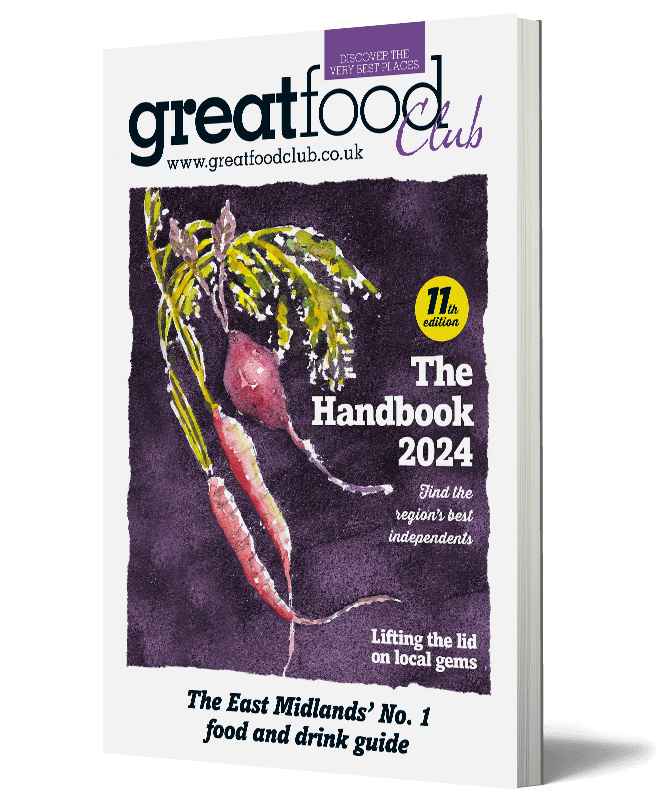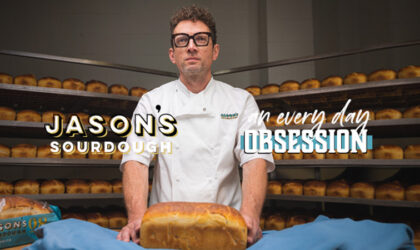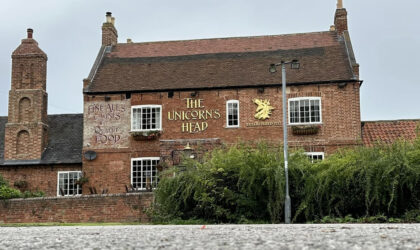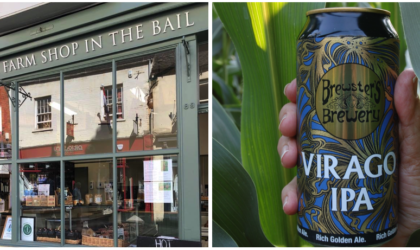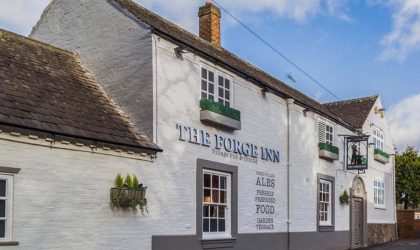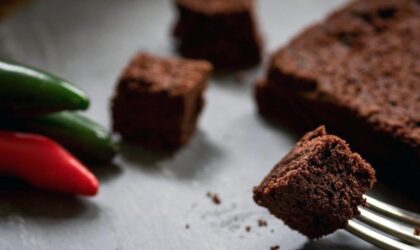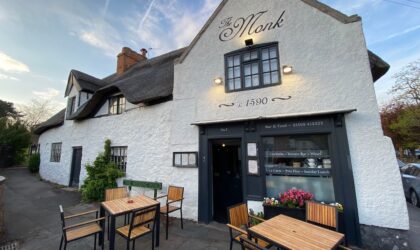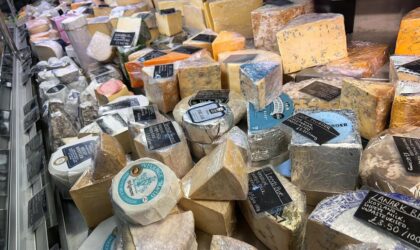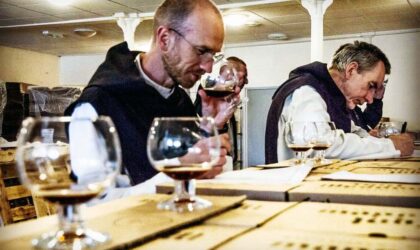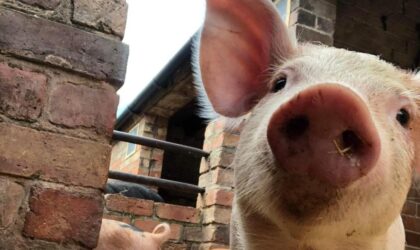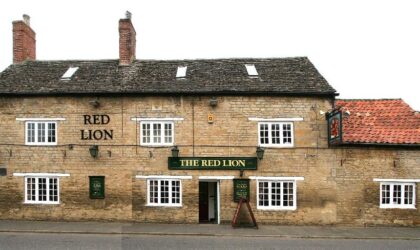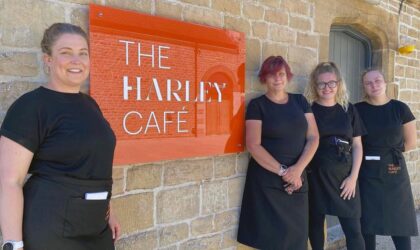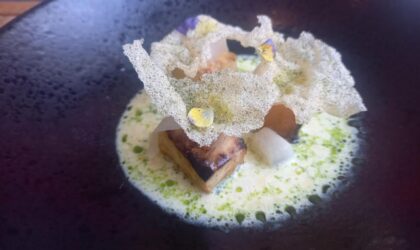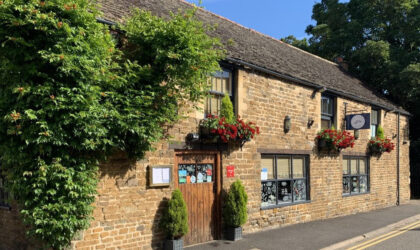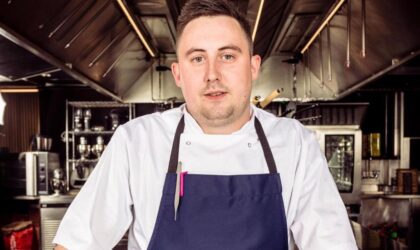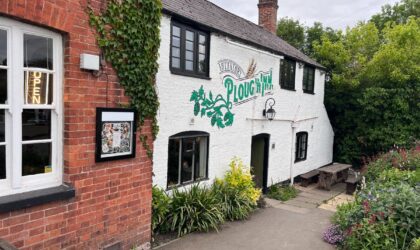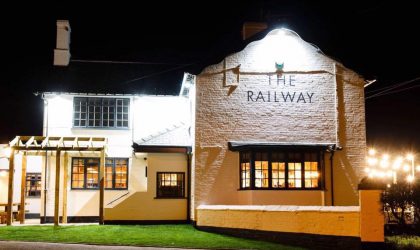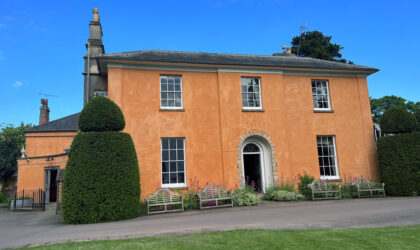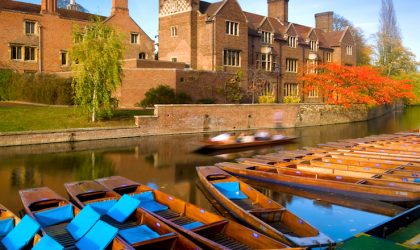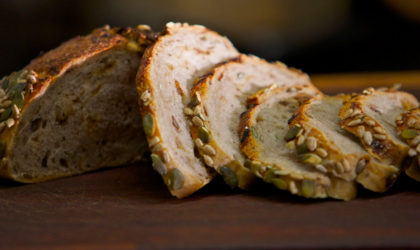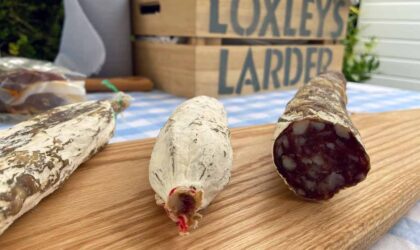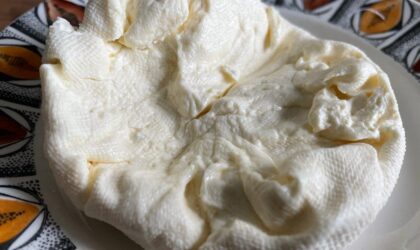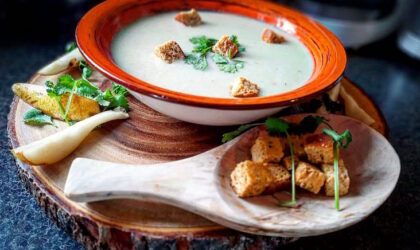How Tim Hart, owner of Hambleton Bakery, went in search of the perfect local loaf
Traditional ways are not always best. But in bread making there is no contest. Modern bread has only one advantage. It is cheap to make. For taste, nutrition and digestion, the bread you could have bought from a baker in any Rutland or Leicestershire village in 1810 was streets ahead of today’s offerings from the factories.
We all like the price of factory bread. Some people like the soft, moist texture but unless you add nuts, seeds, caramel or other flavourings it is tasteless and, for many, indigestible.
Hambleton Bakery Master Baker Julian Carter and I started Hambleton Bakery because we were mad about traditional bread and felt that a significant and growing minority were ready for something better than their supermarket loaf. We perfected our recipe for sourdough using French flours but wanted to research and reproduce the bread that England made in the pre-industrial age.
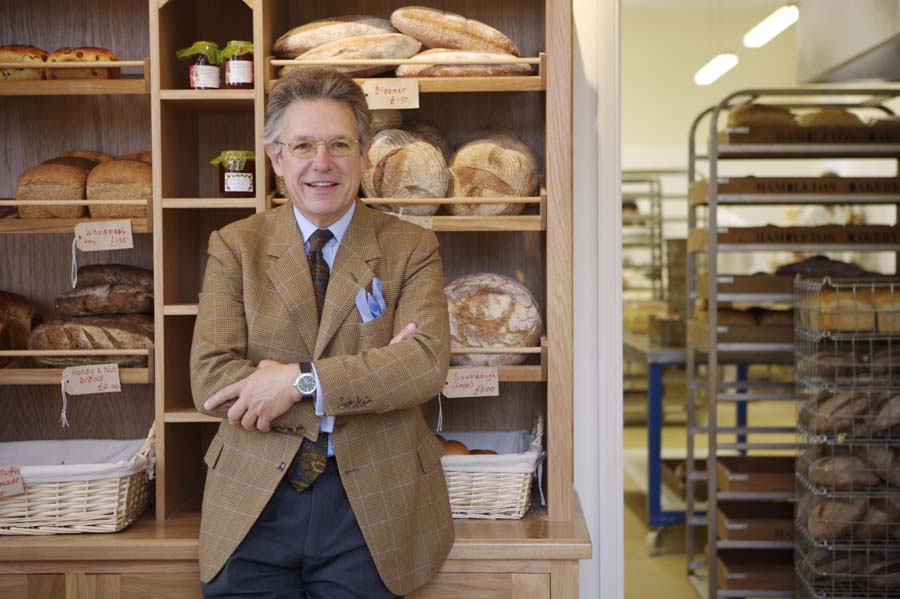
Tim Hart, author of this article and owner of Hambleton Bakery
We started with local flour and we are lucky to have more than one mill producing stoneground organic flour in our region. Bread-making needs yeast and nowadays it’s easy to get some. Huge manufacturers use a precise process to produce strains that can be depended on to work hard and fast.
Before 1900 this product was hard to find and before 1850, impossible. So how did the village baker in our area make his bread before 1850? The answer is that they developed their own ‘starters’ from relatively mild wild strains of yeast in a variety of ways. Generally, the simplest way was to borrow some yeast from the local brewer. The starter was then fed with a mixture which might contain molasses, mashed potato or other starchy ingredients, as well as flour. When the yeasty brew was vigorous enough it could be added to dough to leaven it. Some of today’s dough was kept back to help leaven tomorrow’s dough. The yeasty starter was fed and re-used daily. Each village baker had his own yeast strain and his own starter recipe.
The traditional bread-making process is different from the modern process in three fundamental respects. First the yeast dose was low and worked slowly. Second the flour used was not stripped of its germ and important nutrients (as in today’s roller mills). Third, no additives or preservatives were required. Flour, salt, water and yeast were the only ingredients needed.
The baking process was different too. Our traditional wood-fired oven doesn’t just save electricity. It gives our local loaf a crust that’s quite different to that obtained in our electric oven. So we really think we are offering bread with the delicious taste that our ancestors enjoyed.
For more information on Hambleton Bakery, click here.



